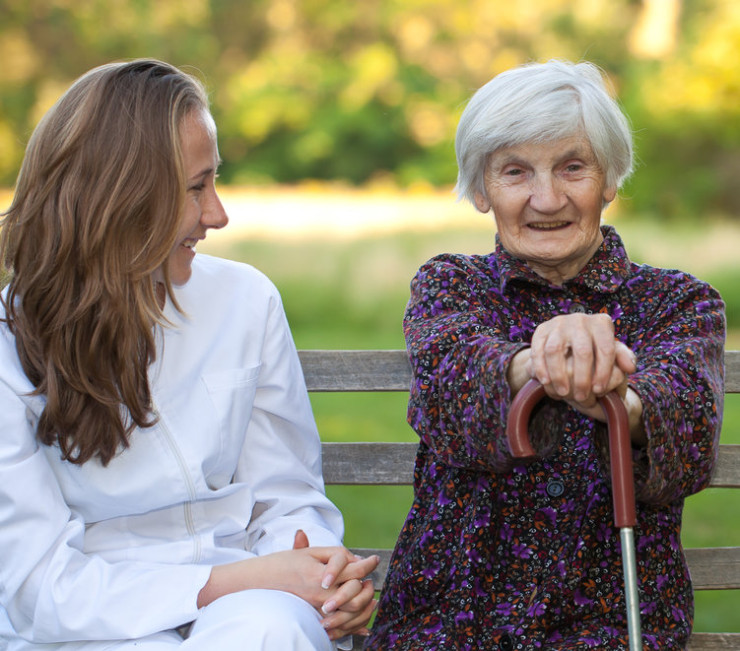“We are committed to partnering with states to advance the goals we all share: better care, smarter spending, and, ultimately, healthier people,” said Secretary Burwell. “These funds will support states in integrating and coordinating the many elements of health care—including Medicaid, Medicare, public health, and private health care delivery systems—to the benefit of patients, businesses, and taxpayers alike.”
The State Innovation Models initiative supports states in planning or implementing a customized, fully developed proposal capable of improving care statewide.
Example initiatives in the past have included focusing on improving primary care through patient-centered medical homes, building upon current Accountable Care Organization models, as well as integrating primary care and behavioral health sciences.
Other initiatives have included providing technical assistance and data to health care providers; creating unified quality measure score cards; expanding the adoption of health information technology; strengthening the health care workforce via training and education programs; and fostering partnerships among public and primary health care providers.
This week’s awards include both states that are designing plans and strategies for statewide innovation and states that are taking the next steps from designing to testing and implementing comprehensive statewide health transformation plans.
Over $622 million in State Innovation Model Test Awards will support 11 states—Colorado, Connecticut, Delaware, Idaho, Iowa, Michigan, New York, Ohio, Rhode Island, Tennessee and Washington—in implementing their State Health Care Innovation Plans.
These states join six previous round one Model Test awardees: Arkansas, Main, Massachusetts, Minnesota, Oregon and Vermont.
Nearly $43 million in State Innovation Model Design Awards will support 17 states, three territories and D.C. to create and refine proposals for comprehensive health care transformation.
States will engage a broad group of stakeholders including health care providers and systems, long-term service and support providers, commercial payers, state hospital and medical associations, tribal communities and consumer advocacy organizations.
Transformation efforts supported by this initiative must improve health, care and lower costs for Medicare, Medicaid and Children’s Health Insurance Program beneficiaries.
“States are laboratories of innovation and serve as critical partners in transforming health care,” said Patrick Conway, M.D., CMS deputy administrator for innovation and quality and chief medical officer.
“States are large health care purchasers for their employees and residents, have broad regulatory authority over health care providers and payers, have the ability to convene multiple parties to improve statewide health delivery systems, and oversee public health, social, and educational services,” Conway added. “Partnering with states on health innovation has the potential to accelerate and transform health innovation in all of these areas.”
Together with awards released in 2013, more than half of states (34 states and three territories along with the District of Columbia), representing nearly two-thirds of the population are participating in efforts to support comprehensive state-based innovation in health system transformation aimed at finding new and innovative ways to improve quality and lower costs, HHS said.
Written by Jason Oliva





